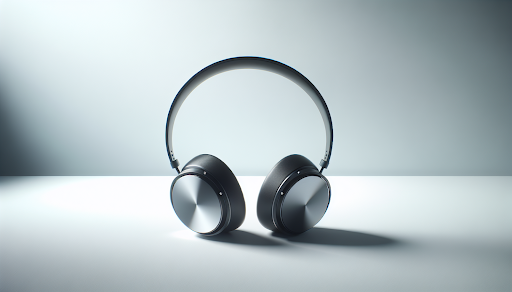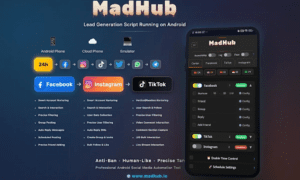The subtle art of sound is more than just music to your ears; it is a powerful tool that shapes perceptions and sways decisions. In a world driven by digital interaction, understanding how sound influences consumer behavior is crucial for businesses. Delve into the science behind audio’s impact on emotions and discover how strategic use of sound can redefine brand experiences.
The relationship between sound and consumer behavior is complex yet fascinating. In today’s fast-paced digital landscape, where attention spans are dwindling, sound emerges as a pivotal player in capturing and retaining consumer interest. It’s not just about playing a catchy tune or using a popular jingle; it’s about understanding the subconscious ways in which audio influences decision-making. The nuances of how different frequencies, rhythms, and tones affect our emotions and actions can be harnessed to create compelling consumer experiences with the help of a strategic sonic branding agency.
Audio triggers and their influence
Audio triggers play a crucial role in shaping consumer decisions by subtly influencing their perceptions and emotions. These triggers can range from simple sounds like notifications to complex compositions that evoke specific feelings. The key lies in strategically deploying these audio cues to align with the brand’s message and target audience’s psychological profile. By tapping into the auditory pathways that connect to our brain’s emotional centers, businesses can create powerful associations that enhance brand loyalty.
Incorporating sound into your marketing strategy requires a deep understanding of its impact on human psychology. A strategic approach often employs insights to design audio experiences that resonate with consumers at a subconscious level. This involves meticulous research into how different sounds affect mood, memory, and even purchasing decisions, enabling brands to craft tailored audio strategies that boost engagement.
When used effectively, audio triggers can lead to increased recall and positive brand associations, providing a competitive edge in crowded markets. However, it’s important to strike a balance; overuse or inappropriate application can lead to negative reactions, alienating consumers instead of engaging them. Thus, careful consideration and expert guidance are essential when integrating sound into your branding efforts.
The role of neuromarketing insights
Neuromarketing insights offer invaluable data on how consumers respond to auditory stimuli, aiding brands in crafting impactful audio strategies. By analyzing brain responses to different sounds, marketers gain a deeper understanding of which elements evoke desired emotions and actions. This scientific approach allows for more precise targeting and personalization of audio content, enhancing overall effectiveness.
Leveraging these insights, brands can develop soundscapes that align with their identity and values while resonating with their audience’s preferences. The result is an enriched sensory experience that not only grabs attention but also fosters emotional connections with consumers. This emotional bond is critical in driving long-term loyalty and advocacy, crucial for sustained brand success.
Moreover, neuromarketing provides a framework for testing and refining audio strategies before full-scale implementation. Through this iterative process, brands can identify what works best for their specific context, ensuring maximum impact without unnecessary risk. As technology advances, the ability to fine-tune these strategies will only grow more sophisticated, offering exciting opportunities for those willing to invest in sound innovation.
Benefits for technology-driven brands
For technology-driven brands operating in the digital age, strategic use of sound can significantly enhance user experiences and brand perception. As consumers increasingly engage with digital platforms where visual clutter is prevalent, sound offers an alternative way to stand out and connect emotionally with users. By incorporating well-designed audio elements into apps, websites, or products, these brands can differentiate themselves in meaningful ways.
The integration of audio into user interfaces also contributes to smoother interactions by providing intuitive cues and feedback. For example, subtle sounds can guide users through complex processes or alert them to important updates without causing disruption. This seamless blend of functionality and aesthetics results in enhanced satisfaction and loyalty among tech-savvy consumers who appreciate thoughtful design.
Leveraging audio effectively is not just about adding background music or catchy jingles; it’s about creating immersive brand experiences that resonate on an emotional level. In the evolving digital landscape where competition is fierce and attention spans are short, tapping into the power of sound becomes increasingly vital for success.



































